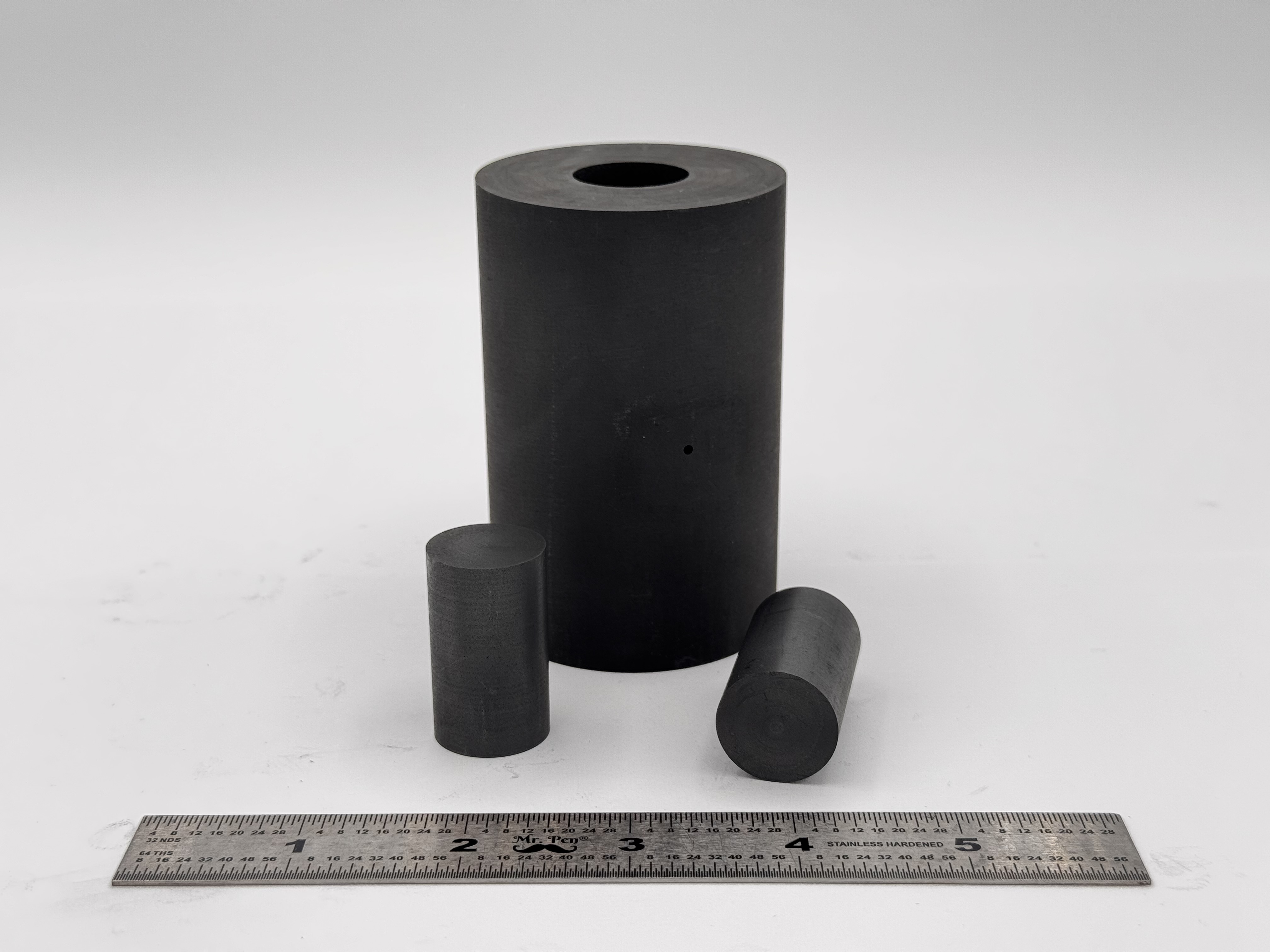Exploring Cryomilling Services: Unlocking the Potential of Cold Grinding
In the world of advanced materials and manufacturing, precision and innovation are key. One process that has gained significant attention in recent years is cryomilling. This cutting-edge technique involves milling materials at extremely low temperatures, providing numerous advantages in terms of product quality and performance.
What is Cryomilling?
Cryomilling, also known as cryogenic milling, is a specialized machining process that involves grinding or milling materials at extremely low temperatures, typically in the range of -196°C to -20°C (-321°F to -4°F) using liquid nitrogen or other cryogenic gases. This deep freeze environment makes materials brittle, allowing them to be pulverized into fine particles more easily than at room temperature. Cryomilling can be applied to a wide range of materials, including metals, polymers, ceramics, and composites.
How Does Cryomilling Work?
Cryomilling equipment consists of a milling chamber or vessel, a cooling system, and a milling tool, such as a ball mill or a jet mill. The process involves the following steps:
- Pre-cooling: Liquid nitrogen or another cryogenic gas is injected into the milling chamber, rapidly lowering the temperature. This extreme cold causes the material to become brittle.
- Milling: The material is introduced into the milling chamber, where it is impacted and crushed by the milling tool. The low temperature prevents the material from softening or melting during the process.
- Collection: The milled particles are collected, and any excess cryogenic gas is removed, allowing the material to return to its ambient temperature.
Advantages of Cryomilling Services
- Finer Particle Size: Cryomilling produces smaller and more uniform particle sizes compared to traditional milling processes, making it ideal for producing fine powders and nanoparticles.
- Improved Material Properties: Cryogenic temperatures can enhance material properties, such as increased hardness and improved dispersion, making it useful for materials science and engineering applications.
- Reduced Contamination: Cryomilling reduces the risk of contamination because the low temperatures minimize the chances of chemical reactions and impurity incorporation.
- Preservation of Heat-Sensitive Compounds: Cryogenic milling is essential for materials that are sensitive to heat, such as pharmaceuticals and certain polymers, as it prevents degradation during processing.
Applications of Cryomilling Services
- Pharmaceuticals: Cryomilling is used to produce fine drug powders for better solubility and bioavailability. It is also employed in the preparation of stable formulations and controlled-release drug delivery systems.
- Materials Science: Researchers use cryomilling to study the properties of advanced materials, such as high-performance alloys, superconductors, and composite materials.
- Food Industry: Cryogenic milling is utilized in the food industry to reduce the size of food particles, enhancing texture, flavor, and shelf life.
- Aerospace and Automotive: Cryomilling is crucial for producing lightweight and high-strength materials for aircraft and automotive components.
- Energy Storage: Cryomilling plays a role in the production of electrode materials for energy storage devices like lithium-ion batteries.
Conclusion
Cryomilling services have revolutionized materials processing and manufacturing in various industries. By leveraging the advantages of extremely low temperatures, cryomilling enables the production of finer and more uniform particles while preserving the integrity of heat-sensitive materials. From pharmaceuticals to aerospace, the applications of cryomilling continue to expand, offering improved product quality and performance across multiple sectors. As technology continues to advance, cryomilling is likely to become an even more integral part of the materials science and manufacturing landscape.
 High Strength SPS Graphite Tooling
High Strength SPS Graphite Tooling Tungsten Carbide Tooling
Tungsten Carbide Tooling Carbon Graphite Foil / Paper
Carbon Graphite Foil / Paper Carbon Felt and Yarn
Carbon Felt and Yarn Spark Plasma Sintering Systems
Spark Plasma Sintering Systems SPS/FAST Modeling Software
SPS/FAST Modeling Software